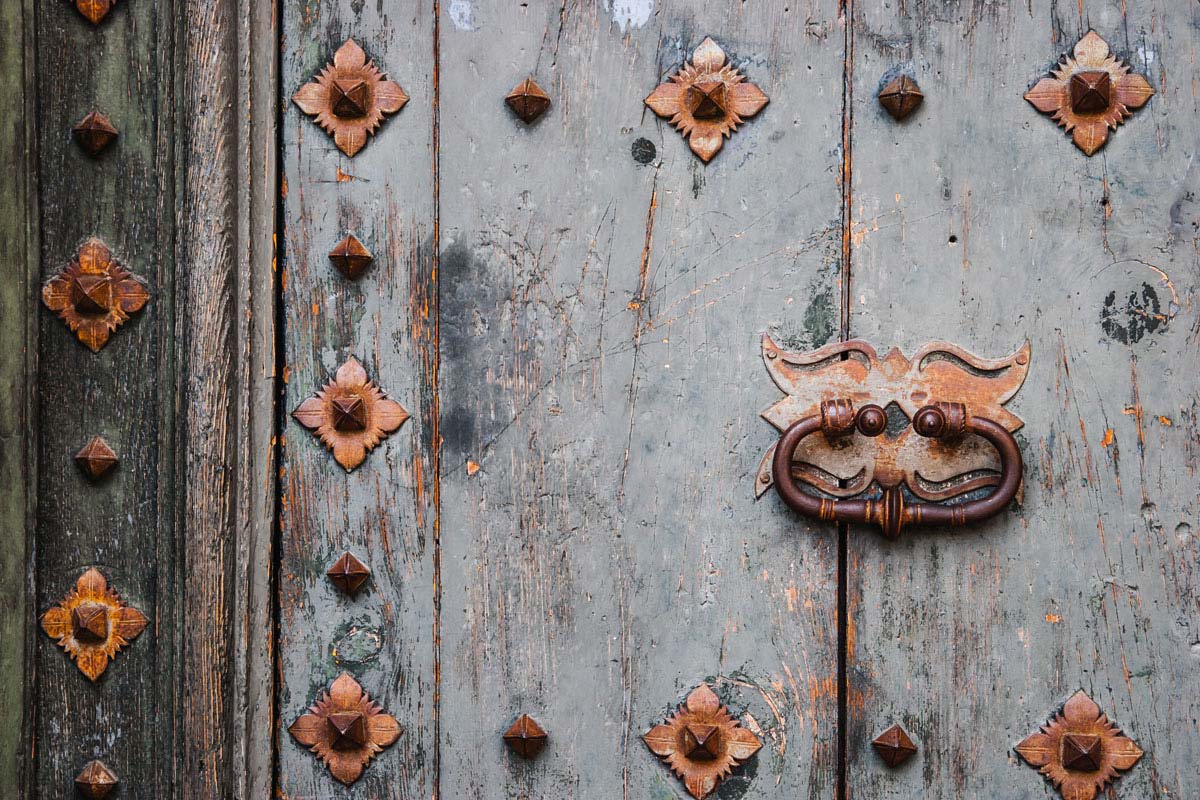Patina: What is it?
Almost every day, people ask me to explain what patinas are or to define them. Within the industry, the term has become extremely popular. We see a wide range of goods with “patina” finishes for sale.
When metal is exposed to the elements, a natural chemical process called patina occurs. Similar to how an avocado (or any other fresh surface, for that matter) turns brown after being cut, the metal oxidizes when it comes into contact with air. The process is chemical. What gives an old copper pot its color and depth is patina. In the field, it also rusts a tractor. In a nutshell, patina is the result of metal being left alone. The metal exhibits signs of wear and tear over time.
When we discuss patinas in the context of design, we typically mean a little assistance from human hands to speed up that process. Reactions can be produced by adding acidity and alkalinity to a metal’s surface. Every metal reacts differently to the various chemicals it encounters. Similar to our high school chemistry class, some results are anticipated and others are not. It is equally important to stop the chemical process after forcing it. The reaction will proceed far more quickly than nature would permit if it is not reversed. This may result in numerous issues and the loss of a lovely finish.
The environment has an impact in addition to any chemicals used to force a patina. The temperature of the room, the air’s humidity, and other nearby chemicals all have an impact on the reactions. In the end, the patinas are altered during development by the sum of all external factors.
It is an art form to create patinas outside of nature. Those who are skilled at it possess a talent that is difficult to duplicate. We have discovered that every artist possesses a distinct, identifiable style.
Paint will never feel like a patina, despite the fact that there are some amazing fake painters available. This is because it is a solid color and rests on the surface. In contrast, a patina becomes a part of the metal itself. The metal is able to shine through as a result. Every metal has a unique internal beauty and reflective quality. As you move across a patinaed metal surface, the color and reflection shift. Depending on the plane, it reflects the color and bounces the light differently. This glow is eliminated when the surface is painted, causing the color to become flat. It always has the same color regardless of how you look at it. The natural reflection of the base metal cannot be replicated with paints, not even by the most skilled painters.
Patinas are not as easily controlled as paint. The majority of us in the patina industry understand that a basic tonal quality is the best we can aim for. Regardless of the process, colors will have different tones. It is difficult to manage. On the other hand, paint will always be the color selected, regardless of the metal underneath.
Which Metals Are Suitable for Patina?
All of the specialty metals we work with can be patinaed. (It’s called stain-less, not stain-never 🙂.) Even stainless steel can get some color. Copper, Pewter, Zinc, Bronze, and Brass can all be enhanced by a little patina. But the most interesting metal to patina is mild steel. Steel’s imperfections allow for wonderful coloring through chemical reactions. Steel patinas red by nature. We refer to it as rust. Steel can produce so many wonderful color combinations because of that red undertone on a typically black or gray surface. The Steel finishes have the widest color range, as you can see if you browse our page of patina finishes. It is the most perfectly unrefined metal because it is the most imperfect.
PHOENIX VALLEY ORNAMENTAL METAL
If you live in one of the cities in the Phoenix Valley and want to have some custom metal work done Artistic Alloys & Design can craft any metal item you want. From custom entry doors to range hoods or stair railings we have precisely what Arizona businesses and homeowners are looking for when it comes to quality, durability, and unmatched artistic design capacity. Let us impress with our wealth of knowledge and design ability to create virtually any style you want for your commercial or residential property.





